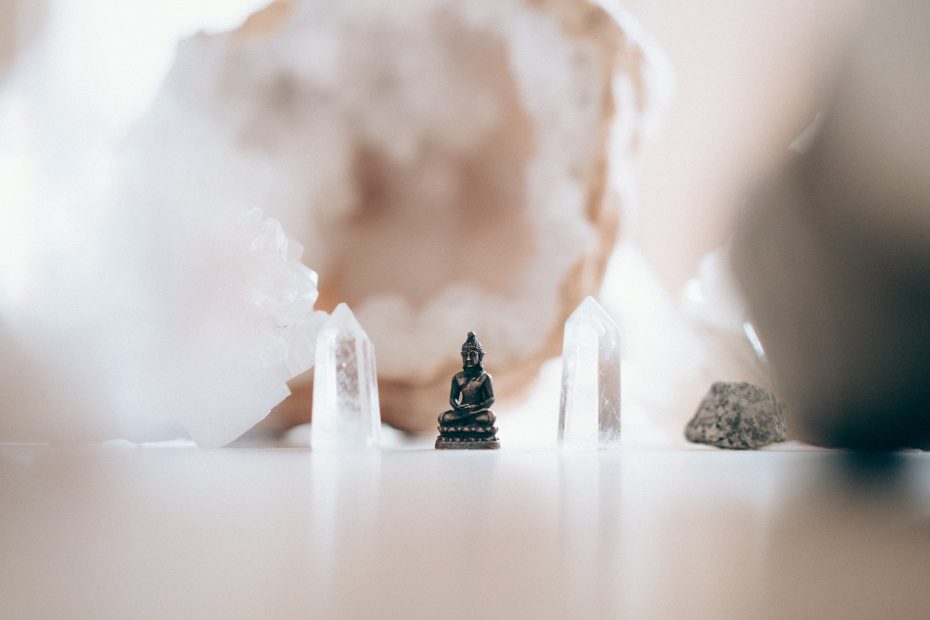Introduction
South Korea is home to a number of breathtaking temples that offer a profoundly tranquil and spiritual experience. As Buddhism spread through the Korean peninsula centuries ago, temples large and small were constructed in harmony with nature. Visiting these serene sites provides an opportunity to contemplate life, achieve inner peace, and gain insight. Let’s explore some of the most magnificent temples to visit in South Korea for a journey of reflection.
Popular Temples to Visit
Bulguksa Temple
Regarded as one of Korea’s foremost Buddhist sites, Bulguksa Temple is situated on the slopes of Mount Tohamsan. Its traditional wooden architecture and sprawling grounds are simply stunning. The famed Blue and White Cloud Bridge represents the journey to enlightenment. You’ll also find the Golden Dabotap Pagoda glittering brightly when illuminated at night. The splendor and scale of Bulguksa is sure to instill a sense of wonder.
Seokguram Grotto
Nested high up on Mount Tohamsan lies the Seokguram Grotto, a hermitage that houses a serene statue of Buddha gazing out over the East Sea. Considered a masterpiece of Buddhist art, the statue inspires profound spiritual reflection. The views overlooking the ocean and surrounds from Seokguram are phenomenal. It’s truly one of Korea’s most treasured temples.
Haeinsa Temple
Home to the famed Tripitaka Koreana – a collection of over 80,000 wooden printing blocks containing scriptures and precepts – Haeinsa Temple oozes history. The sprawling complex contains halls, pagodas, and a charming lotus pond set amongst towering pines. Haeinsa radiates a deep sense of timelessness and calm. Don’t miss the winding forested trail to the majestic Daeseungjeon main hall.
Guinsa Temple
Dramatically situated within the Sobaek Mountains, Guinsa Temple boasts sweeping vistas and an utterly magical setting. Its colorful buildings cling to the steep valley with towering cliffs above and a stream below. As you follow the meandering path between halls and shrines, the natural beauty perfectly complements spiritual contemplation. Guinsa is especially stunning in fall when the foliage transforms the landscape into a sea of color.
Bongeunsa Temple
Nestled right in the bustling heart of Seoul, Bongeunsa Temple provides an oasis of tranquility amidst the urban sprawl. Its halls, pavilions, and landscaped gardens exude peace. Observing the monks going about their daily rituals is fascinating. As one of the city’s oldest temples dating back to 794 AD, Bongeunsa lets you immerse in history and dharma alike. The floating lanterns during the Lotus Lantern Festival are a highlight.
Experiencing Tranquility
There are several ways to tap into the profound serenity offered by Korea’s temples.
Meditation and mindfulness
Attending meditation sessions, chanting with monks, and practicing mindful walking along wooded trails promotes inner calm and presence. Letting go of busy thoughts to simply be is enlightening.
Observing temple rituals
Watching monks light candles and incense, prepare meals, or conduct prayer ceremonies provides a window into their spiritual dedication. Their rituals exhibit purpose and flow.
Connecting with nature
Wandering through temple forests and gardens surrounded by flowers, pines, and streams enhances your bond with nature. It reminds you of your place in the greater cycle.
Spiritual Significance
Exploring Korea’s temple networks offers more than tranquility. It provides an opportunity to contemplate their spiritual meaning.
Buddhism in Korea
While today most Koreans don’t identify as Buddhist, the religion and accompanying temples have greatly influenced Korean culture and thought for centuries. They embody critical spiritual aspects like discipline, compassion, impermanence, and karma.
Harmony with nature
Korean temples are explicitly integrated with surrounding nature like hills, forests, and sea as part of their design and purpose. The natural elements work in unity to foster contemplation and peace.
Self-reflection and enlightenment
Ultimately, Korean temple visits allow you to reflect on life’s complexities and focus inward. They provide space for self-realization and awakening clarity within.
Planning Your Temple Tour
To maximize your cultural and spiritual journey, keep these tips in mind:
Best times to visit
Spring and fall are ideal with comfortable weather and blossoms or autumn hues. Avoid big holiday periods which can be crowded.
Getting around
Navigating between temples usually requires a car, arranged tour bus, or local bus service. Consider an organized multi-day temple stay tour to minimize logistics.
Temple etiquette
Dress modestly, speak softly, and avoid pointing at Buddha. Be respectful when observing rituals or meditation in progress. Temple stays require adhering to a schedule of rituals and meals.
Conclusion
Visiting the ancient temples blanketed across South Korea offers a glimpse into the nation’s long spiritual history. Beyond their architectural grandeur, these serene sites provide immense opportunities for self-reflection, finding inner calm, and becoming more attuned with nature. Wandering through spiritual oases like Bulguksa, Seokguram, Haeinsa, Guinsa, and Bongeunsa will uplift your Korea journey with tranquility and meaning.
FAQs
What is the largest temple in South Korea?
The largest and most visited temple is Bulguksa Temple in Gyeongju, famous for its grand size and traditional wooden architecture.
What is special about Seokguram Grotto?
Seokguram Grotto contains a renowned granite statue of Buddha that is considered a masterpiece of Buddhist art due to its serene expression and the technical skill involved.
How can I experience a temple stay?
Temple stays allow visitors to observe and partake in temple life by meditating, attending rituals, wearing robes, eating traditional temple food, and sleeping overnight.
What is good temple etiquette?
Proper etiquette includes dressing modestly, speaking softly, not pointing directly at Buddha images, and being quiet and respectful during rituals or prayers.
What is the best way to travel between temples?
Having a rental car allows the most flexibility for temple hopping. Organized multi-day tours by bus are another convenient option. Public transportation can connect major sites.
